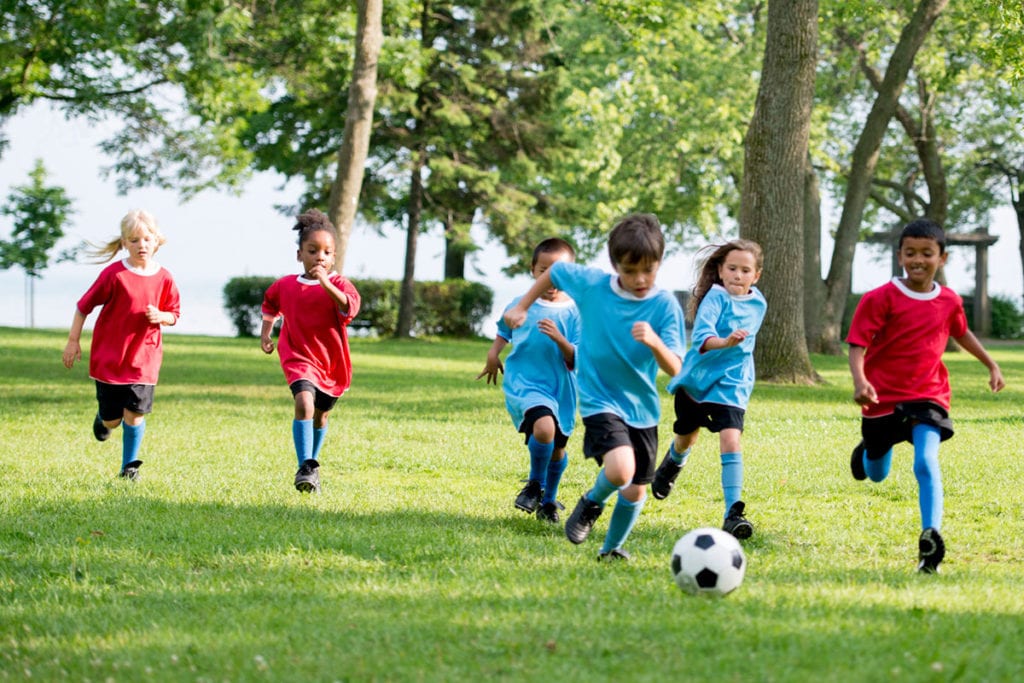Protect your sports superstars this fall.
A concussion is a brain injury caused by a bump, blow, or jolt to the head. Those who suffer concussions often report trouble focusing, short-term memory loss, difficulty performing daily tasks, and feeling “slower overall. A quick crack on the noggin can make a lasting impact, so it’s important to take concussion prevention seriously.
Symptoms of concussion as reported by athletes: 
- Headache or “pressure” in head
- Nausea or vomiting
- Balance problems or dizziness
- Double or blurry vision
- Sensitivity to noise
- Sensitivity to light
- Feeling sluggish, hazy, foggy, or groggy
- Concentration or memory problems
- Confusion
- Just not “feeling right” or “feeling down”
Signs of concussion observed by coach or caregiver:
- Appears dazed or stunned
- Is confused about assignment or position
- Forgets instruction
- Is unsure of game, score, or opponent
- Moves clumsily
- Answers questions slowly
- Loses consciousness (even briefly)
- Shows mood, behavior, or personality changes
- Can’t recall events prior to hit or fall
- Can’t recall events after hit or fall
Concussion Danger Signs
In rare cases, a dangerous blood clot may form on the brain in a person with a concussion and crowd against the skull. An athlete needs to receive immediate medical attention after a bump, blow, or jolt to the head or body if s/he exhibits any of the following danger signs:
- One pupil is larger than the other
- Is drowsy or cannot be awakened
- A headache that gets worse
- Weakness, numbness, or decreased coordination
- Repeated vomiting or nausea
- Slurred speech
- Convulsions or seizures
- Cannot recognize people or places
- Becomes increasingly confused, restless, or agitated
- Has unusual behavior
- Loses consciousness (even a brief loss of consciousness should be taken seriously)
Concussion Prevention Tips:
- Make sure athletes follow the coach’s and sport’s rules for safety.
- Children should always wear the right protective equipment for the activity.
- Protective equipment should fit properly and be well maintained.
- Encourage your athletes to practice good sportsmanship at all times.
- Emphasize the importance of reporting concussions and taking time to recover from one.
Did You Know?
- Most concussions occur without loss of consciousness.
- Athletes who have, at any point in their lives, had a concussion have an increased risk for another concussion.
- Young children and teens are more likely to get a concussion and take longer to recover than adults.
By being aware of the risks, symptoms, and how to avoid concussions; your athletes can have a safe and fun season. Wishing all our athletes a fun and successful season!



